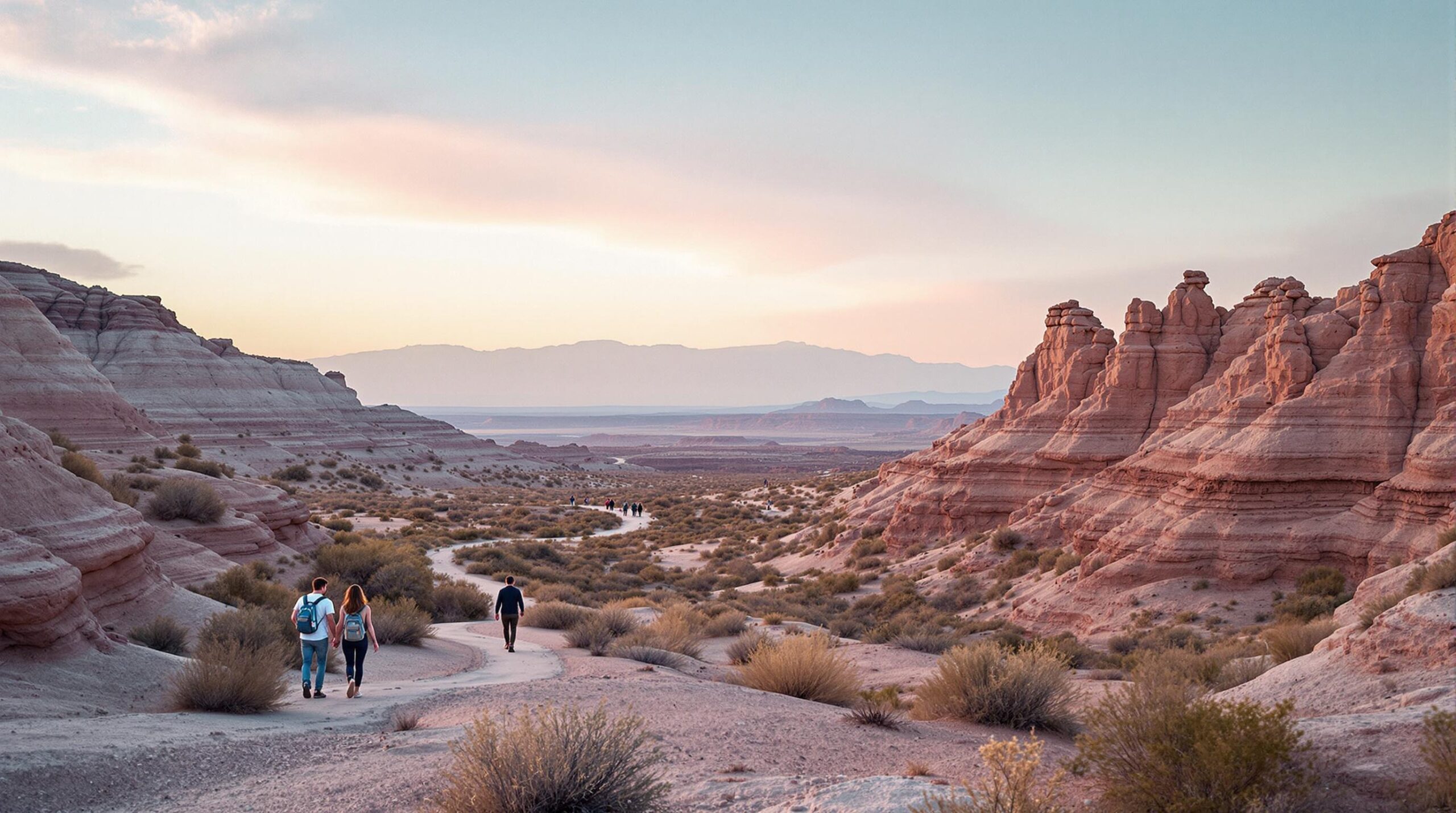Three Affiliated Tribes National Park in North Dakota’s Badlands has begun welcoming visitors on foot, opening new possibilities for exploration across 2,100 acres of former ranchland. This rugged terrain sits near the Little Missouri River and was incorporated into the Mandan, Hidatsa and Arikara Nation’s reservation to restore a portion of their original treaty lands. Tribal leadership aims to foster cultural preservation while encouraging public recreation and responsible land management, according to recent coverage.
Leaders of the MHA Nation view this reclaimed park as a chance to strengthen community ties to ancestral landscapes. The coverage states that Tribal Chairman Mark Fox said, “It’s part of our history, our lands, very significant to us, the whole area,” and “This is just another strong move to reacquire some of our lands and then do something very effective with it, so to speak.”
Currently, guests must apply for a free permit online to explore the site on foot, and only grass parking lots are in use at this time. Although the park remains in a development phase, planners intend to balance public access with a measured approach to construction, ensuring that the natural environment remains unharmed.
The park’s supporters hope to create amenities that highlight tribal heritage, alongside a campground that keeps density low. Tribal officials have partnered with state agencies to discuss effectively integrating local trails with broader networks while ensuring that steep corridors can be accessed responsibly.
Restoration initiatives form a cornerstone of the park’s future. According to the same coverage, Park Superintendent Ethan White Calfe said, “This place will be here in perpetuity and it will be better when we are done than it was when we got it, and that’s what we’re pushing for.” He added, “We’re looking at it as how do we help this area look like it did 300 years ago? How do we help this area heal to where it is in a lot of more of a state of equilibrium.”
Project managers have expressed interest in adopting careful building practices to protect habitat. Park organizers intend to respect the dramatic, erosive terrain while preserving the site’s natural vistas.
Planning for a future campground remains central to the park’s vision. Demonstrating a model for tribal-led conservation, the MHA Nation anticipates building facilities that minimize disruption to local ecosystems and advance a balanced approach to tourism.
In building new campgrounds or modernizing existing ones, widely accepted best practices emphasize offering accessible hook-ups and service amenities that minimize environmental impact. These may include low-flow water fixtures, bio-friendly waste management, and solar or wind-powered electrical systems that reduce reliance on traditional power sources. Integrating unobtrusive design tactics, such as using locally sourced, sustainable materials, can also help preserve natural views.
Providing dedicated spaces for recycling and composting, as well as educational displays that encourage visitors to participate in green initiatives, can further bolster ecological protection. In the case of Three Affiliated Tribes National Park, where a low-density campground is planned, such practices align with an overarching mission to protect the Badlands’ culturally significant landscapes and conserve resources.
A focal part of the park’s mission is to deepen visitors’ understanding of ancestral connections and historical significance. Officials say cohesive storytelling and thorough educational materials can provide vital context, reflecting the MHA Nation’s distinct perspective.
In the same coverage, State Parks and Recreation Department Director Cody Schulz described the terrain, explaining, “It kind of has that almost spiritual feel to it. It’s peaceful.” Collaboration between tribal and state entities explores ways to connect any future trails with existing routes, spotlighting the region’s striking contours and offering seamless recreational opportunities.
Tribal leaders believe Three Affiliated Tribes National Park can serve as a long-term ecological and cultural asset, blending heritage preservation with responsible public enjoyment. By restoring these lands and planning low-impact development, they aim to honor their past while ensuring that tomorrow’s visitors experience an authentic, well-cared-for Badlands environment.


